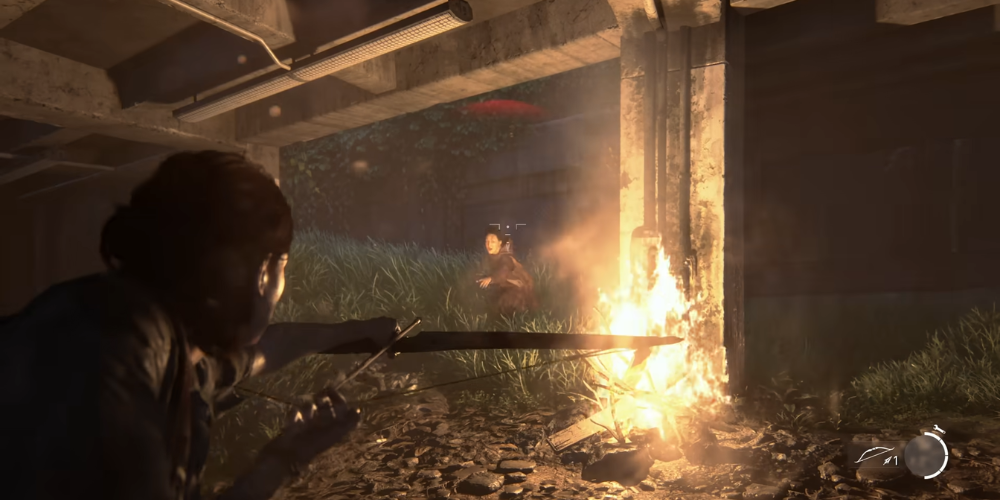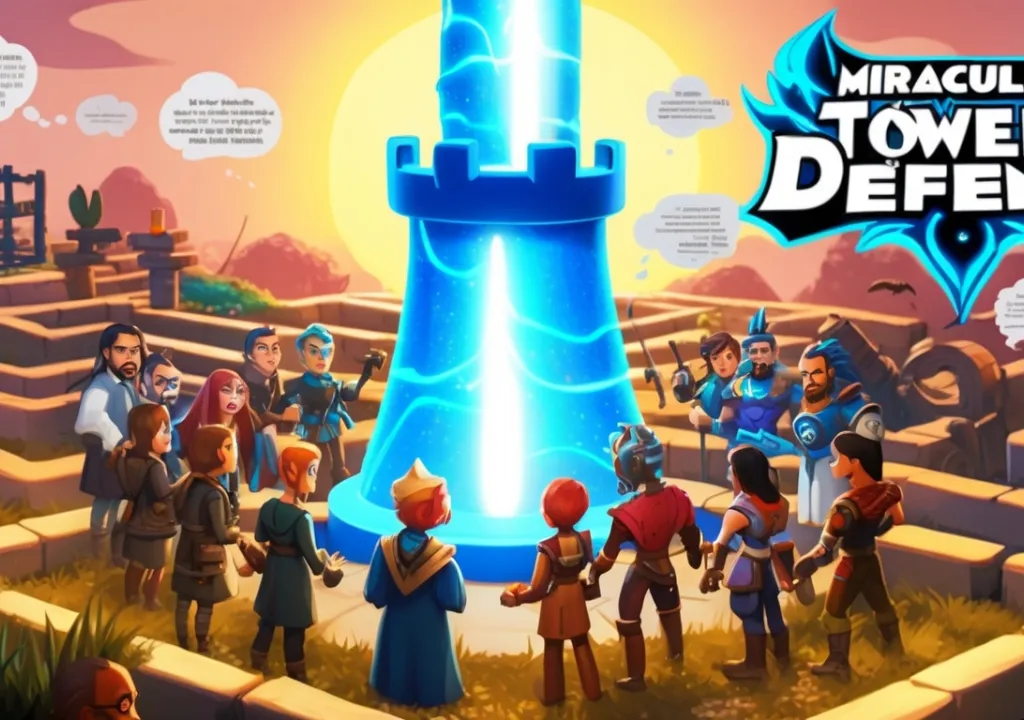
To truly appreciate the depth and complexity of a video game such as The Last of Us Part II, we must delve deeply into the minds of its characters. Relishing in the psychological intricacies at play allows us to understand the narrative better, gain insights into their motivations, and emerge with a full and rich appreciation of the game's skillful storytelling.
Ellie: The Survivor
The protagonist of the first game and one of the central figures in Part II is Ellie, who perfectly represents the survivor archetype. We are introduced to a courageous and vulnerable character navigating the dangerous world that surrounds her with a fierce will to live.
Understanding Ellie's character progression requires an in-depth look into her resilience and coping mechanisms. One, at first blush, might presume her to be broken due to the extensive trauma she has experienced. However, Ellie demonstrates a deep internal strength and a persistent will to stay alive, displaying no intention to succumb to the circumstances around her.
An intriguing aspect of Ellie's character is her insatiable drive for vengeance. This can be seen as a classic response to trauma, a mechanism whereby she is attempting to take back control by facing her aggressors head-on. Her grievances manifest as a burning desire for retribution, fuelling her throughout the series and defining much of her character arc.

Despite being in a state of constant threat, Ellie’s resilience shines through. Her persistence, dedication, and courage, even when faced with seemingly insurmountable obstacles, are hallmark traits of a true survivor. The darker the circumstances get, the brighter her resolve to persist appears to glow.
Ellie's resilience and adaptability are further amplified when challenged. Every setback only seems to make her more robust and more determined to succeed. These traits are what make Ellie not only a character who can survive but a character who can come back stronger each time she is knocked down, a true testament to her resilience.
Abby: The Retaliator
On the other hand, Abby fills the vengeful retaliator archetype, her character defined by her quest for revenge against Joel. Abby is driven by a raw and very human anger stemming from the loss of her father. This deeply rooted rage fuels her actions and colors her perspective, marking a clear departure from her once hopeful outlook. It is this relentlessness and determination, albeit tinged with suffering that gives Abby her defining character arc.
Joel: The Protecting Defender

The character of Joel, as seen in both The Last of Us and The Last of Us Part II, symbolizes the protective defender. His selflessness and sacrifice underline his intrinsic need to protect, which is particularly evident in his relationship with Ellie. However, Joel's path is also marked by morally complex decisions, reflecting the blurred lines between right and wrong in their post-apocalyptic world. The layers of his character provide a complex portrayal of a man shaped by his environment and experiences.
Tommy: The Dedicated Advocate
Within the game's narrative, Tommy fulfills the role of the dedicated advocate. His unwavering support for Ellie is evident, even in challenging circumstances. While he cannot fully comprehend or share Ellie’s thirst for vengeance, he stands firmly by her side, displaying an unwavering dedication to her cause. His stubborn loyalty and his sense of fairness and justice imbue his character with a rounded and relatable quality.
Dina: The Compassionate Ally
Dina, Ellie’s romantic interest and one of the secondary characters in The Last of Us Part II, represents the compassionate ally. She is a source of emotional support for Ellie, managing to maintain empathy even in the face of difficult situations. Dina balances her concerns and fears with her compassion, providing comfort and guidance throughout their journey. Her character exemplifies the importance of companionship and emotional connectivity amidst a harsh world.
Explanation of the Roles

Probing into the above character breakdown helps unveil the rich tapestry of deep-seated psychology that formulates the cast of The Last of Us Part II, giving us unique insights into each individual's psyche. The storyline isn't merely about the characters' physical survival in a lonely world but also about understanding them, their motivations, and the psychological underpinnings that drive each narrative.
A crucial aspect of understanding these characters lies in viewing them through the prism of archetypes. These foundational pillars structure their personality, acting as guiding forces that drive their actions, responses, and motivations. This approach gives us the tools to dissect and analyze the characters on a much deeper level, disclosing their core traits, which in turn propel the game's narrative.
Every character in the game presents a distinct facet of humanity. They serve as mirrors, reflecting the complexities and variations in real-life personality dynamics. From Ellie's display of steadfast survival mode to Abby's relentless pursuit of retribution, the different personas are nuances that are thoughtfully crafted and realistically portrayed. Joel's protective predisposition and Dina's compassionate alliance paint a striking image of the tout ensemble of emotions humans can express.

The essence of the game lies not just in the invigorating gameplay, cinematic visuals, or deft storytelling but significantly in its characters who plumb the depths of the human emotional spectrum. This comprehensive display of human emotions - survival, retaliation, protection, advocacy, and compassion - forms part of an intricate labyrinth that provides an engaging, in-depth exploration of human nature. Naughty Dog achieves this with unparalleled skill in their much-acclaimed masterpiece, crafting a narrative that moves beyond the conventional plotline, delving into the very essence of what it means to be human.
Conclusion
To conclude, an in-depth exploration of the psychology behind the characters in The Last of Us Part II enhances our appreciation of the game. The video game excels in its ability to sculpt complex, relatable characters that remain etched in our memory long after the console is turned off. As the phenomenon of escapism through interactive storytelling continues to evolve, we look forward to more such nuanced characterizations that challenge us to reflect on the complexities of the human psyche.








